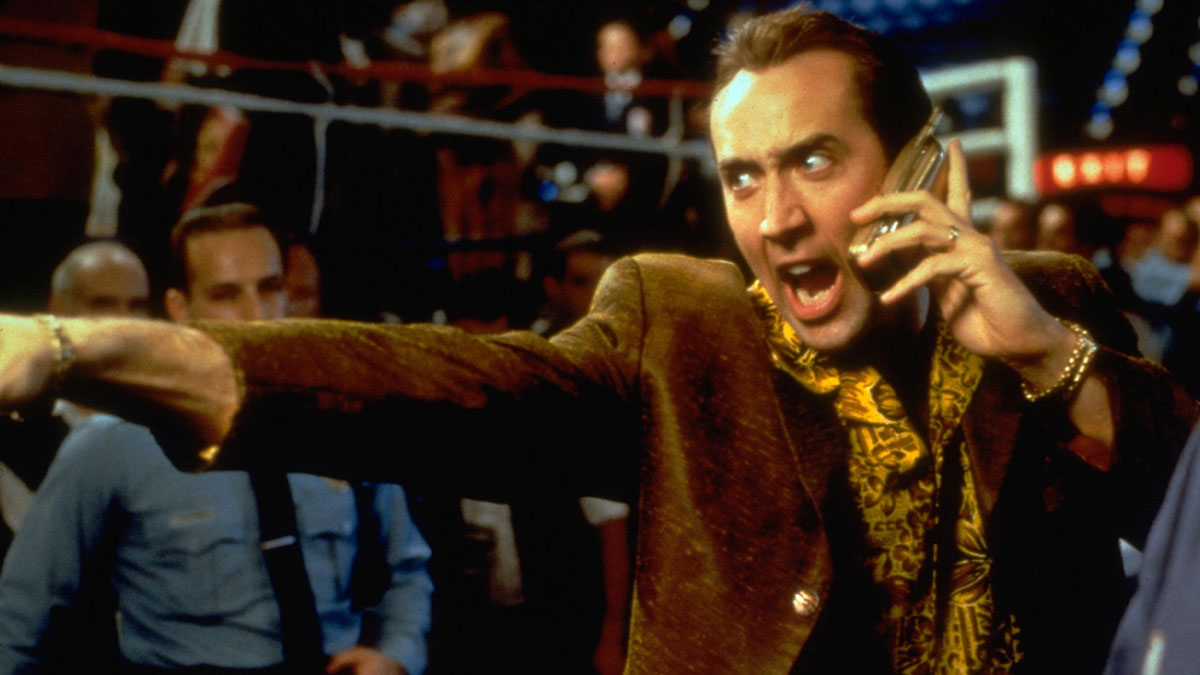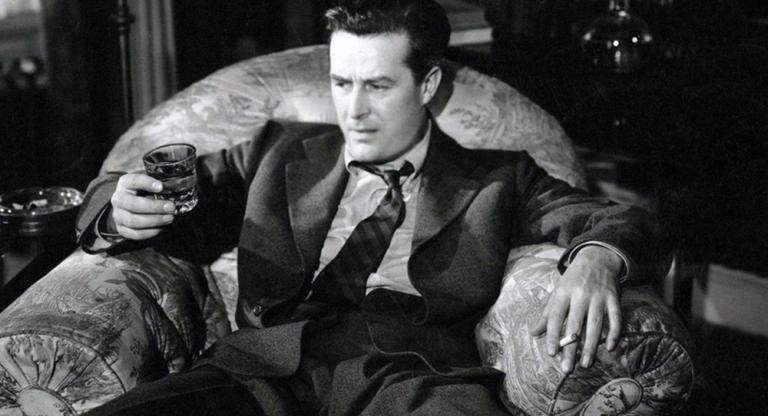Brian De Palma found the biggest commercial success of his career in 1996’s television-to-cinema adaptation and future franchise starter Mission: Impossible. It’s safe to say that De Palma had carte blanche at Paramount for his next project, even if it had a fraction of the pop culture appeal his previous film had. That follow-up was Snake Eyes (1998), a deceptively expensive—its budget was only a few million less than Mission: Impossible—whodunit set in Atlantic City during a boxing match. And this time, De Palma did not have Tom Cruise. He had Nicolas Cage.
Cage, like De Palma, was coming off of a major success with the same year’s City of Angels, a wily remake of Wim Wenders Wings of Desire (1987) from the director of Casper (1995). But unlike De Palma, he was fueled by a string of critical and/or commercial success stories starting with his Oscar-winning turn in Leaving Las Vegas (1995) and a trio of R-rated action blockbusters—The Rock (1996), Con Air (1997) and Face/Off (1997)—sandwiched in between. The converging of Cage and De Palma felt inspired, if not long overdue. That he’d play a smarmy and loud egomaniac homicide detective caught in a real-time conspiracy only added excitement to the project, with Cage channeling the same vitriolic glee he’d later bring to films like Bad Lieutenant: Port of Call New Orleans (2009) and Dog Eat Dog (2016).
Snake Eyes is an easy film to spoil, as David Koepp’s screenplay heavily relies on twists for both exposition and action. The jist is that Cage’s character witnesses a murder during a boxing match and needs to find the assailant while unraveling a bigger picture conspiracy. But the real conceit of De Palma’s film, and Koepp’s script, is that it almost entirely takes place within the confines of the stadium, allowing for a consistent claustrophobia to build up and, subsequently, a paranoia that is mirrored in the actions and manners of Cage’s lead. To keep this setting compelling, De Palma uses the talents of his regular cinematographer Stephen H. Burum, who shot films like Body Double (1984) and the aforementioned Mission: Impossible with him. The standout sequence is the film’s opening: a virtuosic 20-minute set-piece cut to feel like a one-take by De Palma’s regular editor Bill Pankow. It’s an incredible piece of filmmaking that showcases how essential collaboration is to De Palma’s process, putting the technical strengths of his co-conspirators to the test while Cage channels Koepp’s script into a histrionic display of vigor for two audiences: those on-screen, in the stadium, and us, in the theater or at home.
To say that Snake Eyes didn’t fare as well as Mission: Impossible would be an understatement, both in terms of critical and audience reception. Roger Ebert was uncharacteristically harsh, giving the film a one-star rating and snarkily stating, “It’s the worst kind of bad film: the kind that gets you all worked up and then lets you down, instead of just being lousy from the first shot” before going on to praise the technical finesse of the show-stopper opening. But De Palma has often played the long game and Snake Eyes is no different from Femme Fatale (2002), Body Double, or even Scarface (1983), as a film that was misunderstood, if not outright written off, upon release. For me, Snake Eyes is an ideal De Palma vehicle: a technically assured genre exercise that is constantly ahead of the viewer and revels in that fact. It’s never subtle and its contrivances are many, but if any American filmmaker has mastered the concept of style over substance, it’s De Palma. Snake Eyes may very well be his master class when viewed with that in mind.
This piece is dedicated to my mother, Karen LaLiberty, who always read my writing for Screen Slate and loved this ridiculous movie.
Snake Eyes screens tonight, July 25, and on July 26 and 27, at the Roxy on 35mm as part of the series “Shot By….”



